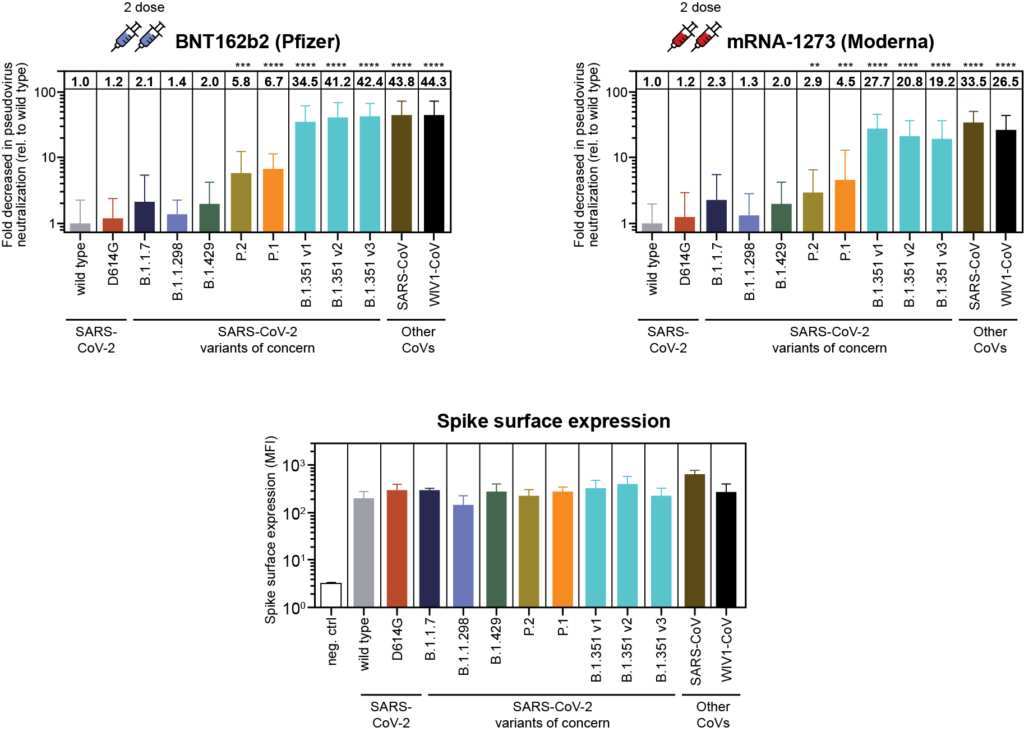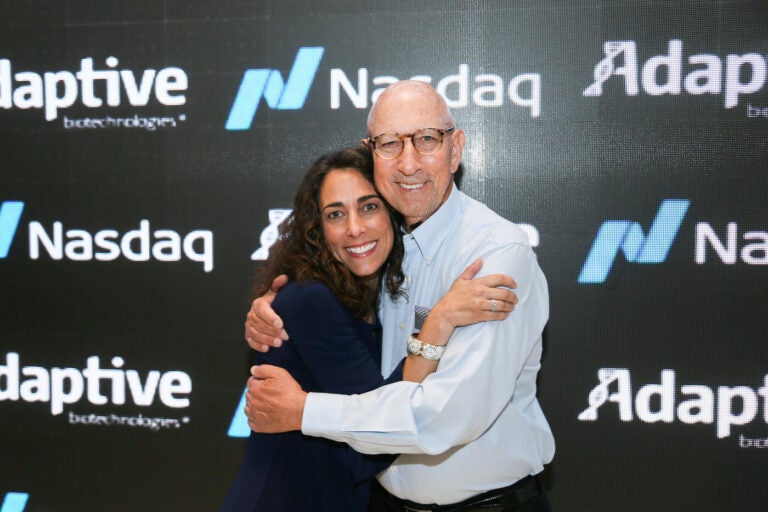Last week, the international myeloma community – physicians, pharmaceutical and biotechnology companies, academic centers, advocacy groups, and the U.S. FDA – published a paper on the application of measurable (or minimal) residual disease (MRD) determination in multiple myeloma (MM) for both the clinical care of patients and as a registrational pathway for new cancer treatments. As a hematologist/oncologist who has spent a significant portion of my career focused on improving diagnostic tools and their sensitivities in blood cancers, I am excited not only to have participated in the writing of this paper, but also the impact it may have on the field – physicians and especially patients.
The gold standard for assessment of response in MM has been “complete response” based primarily on morphological and serum paraprotein analyses. As the authors note, “Complete response (CR) by this conventional definition provided a false sense of disease control, since nearly all patients eventually relapsed despite achieving CR.” The introduction of next-generation flow cytometry and sequencing methodologies have significantly changed the method of measuring residual disease. Next-generation sequencing technologies like clonoSEQ are the first FDA cleared technologies to monitor and track MRD in individual patients over time. Accompanying these new methodologies, the development of novel agents has transformed the treatment paradigm for multiple myeloma. MRD can now be monitored with markedly increased sensitivity and MRD negativity is now achievable across the entire disease spectrum.
MRD testing at a single point in time provides insight into tumor burden at that moment. It is now clearly demonstrated that the achievement of MRD negativity predicts a better outcome compared to those at a similar stage who have not achieved a deep response to any therapy. Taken over multiple timepoints during a patient’s treatment journey, MRD testing can provide more detailed information about tumor biology and the likelihood of relapse. As a result, the authors of this paper observe that clinicians are now using MRD as an aid to real-time clinical management, and they call out the “essential” nature of longitudinal MRD measurements to the physician-patient dialogue around treatment planning.
As this is written, dozens of clinical trials are currently enrolling patients to evaluate MRD-directed therapy or MRD as an endpoint. The blood cancer community has long been rallying for MRD to be considered as a surrogate endpoint for both overall survival and progression-free survival in clinical trials. We are in a new era of medicine in multiple myeloma. New therapeutics (including proteasome inhibitors, monoclonal antibodies, and cell- based therapies) are having a significant positive impact on survival but, because of their efficacy and success, are making traditional trial endpoints hard to achieve within a time frame that is likely to be practically impactful for managing individual patients.
MRD determination can be used in a variety of ways to expedite drug development. These include patient selection, risk stratification or enrichment, clinical management decisions, or as a trial endpoint. This is all great news for the multiple myeloma community; hopefully, the call-to-action presented in this paper will be recognized and further advance the field for the ultimate benefit of patients with myeloma.
clonoSEQ® is available as an FDA-cleared in vitro diagnostic (IVD) test service provided by Adaptive Biotechnologies to detect minimal residual disease (MRD) in bone marrow from patients with multiple myeloma or B-cell acute lymphoblastic leukemia (B-ALL) and blood or bone marrow from patients with chronic lymphocytic leukemia (CLL). clonoSEQ is also available for use in other lymphoid cancers and specimen types as a CLIA-validated laboratory developed test (LDT). For important information about the FDA-cleared uses of clonoSEQ including test limitations, please visit clonoSEQ.com/technical-summary.














